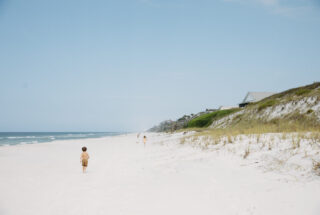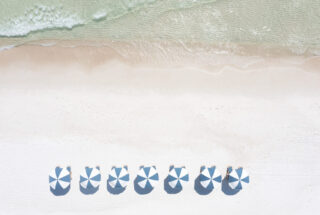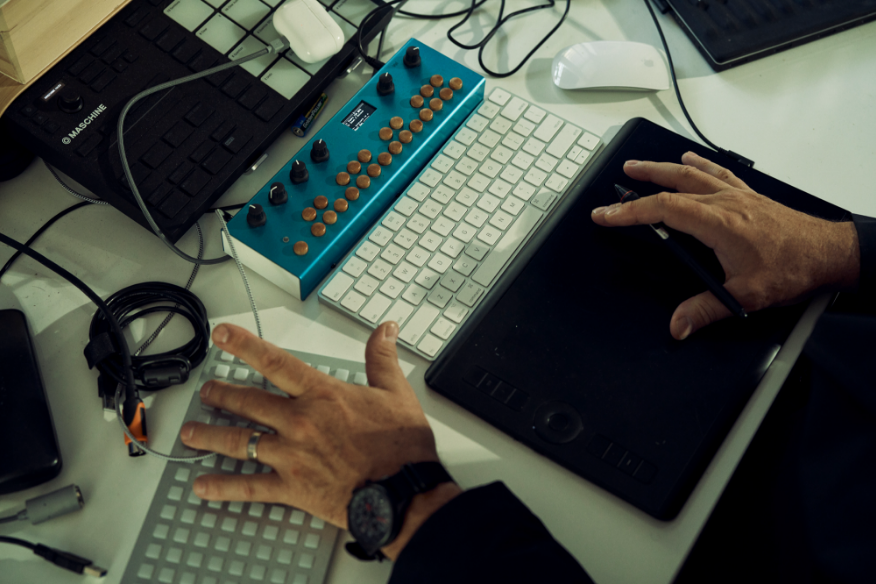
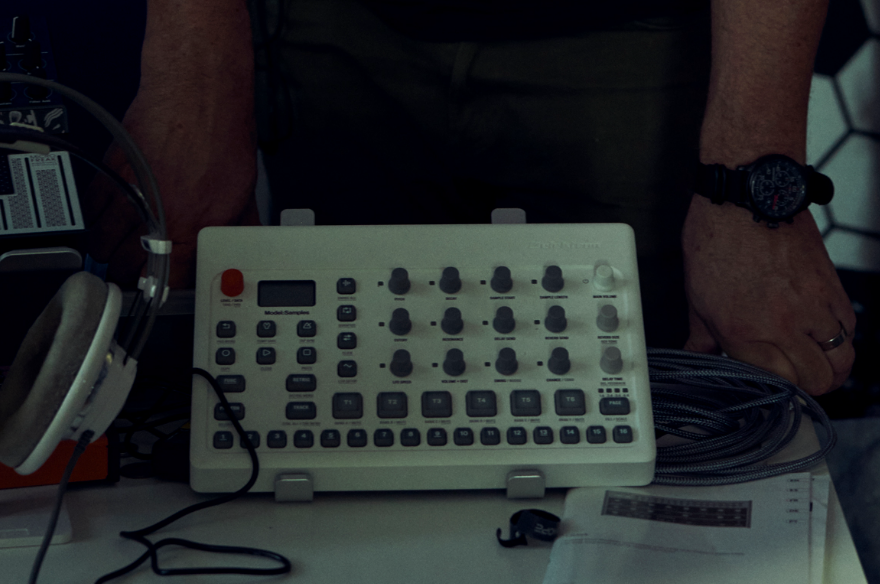

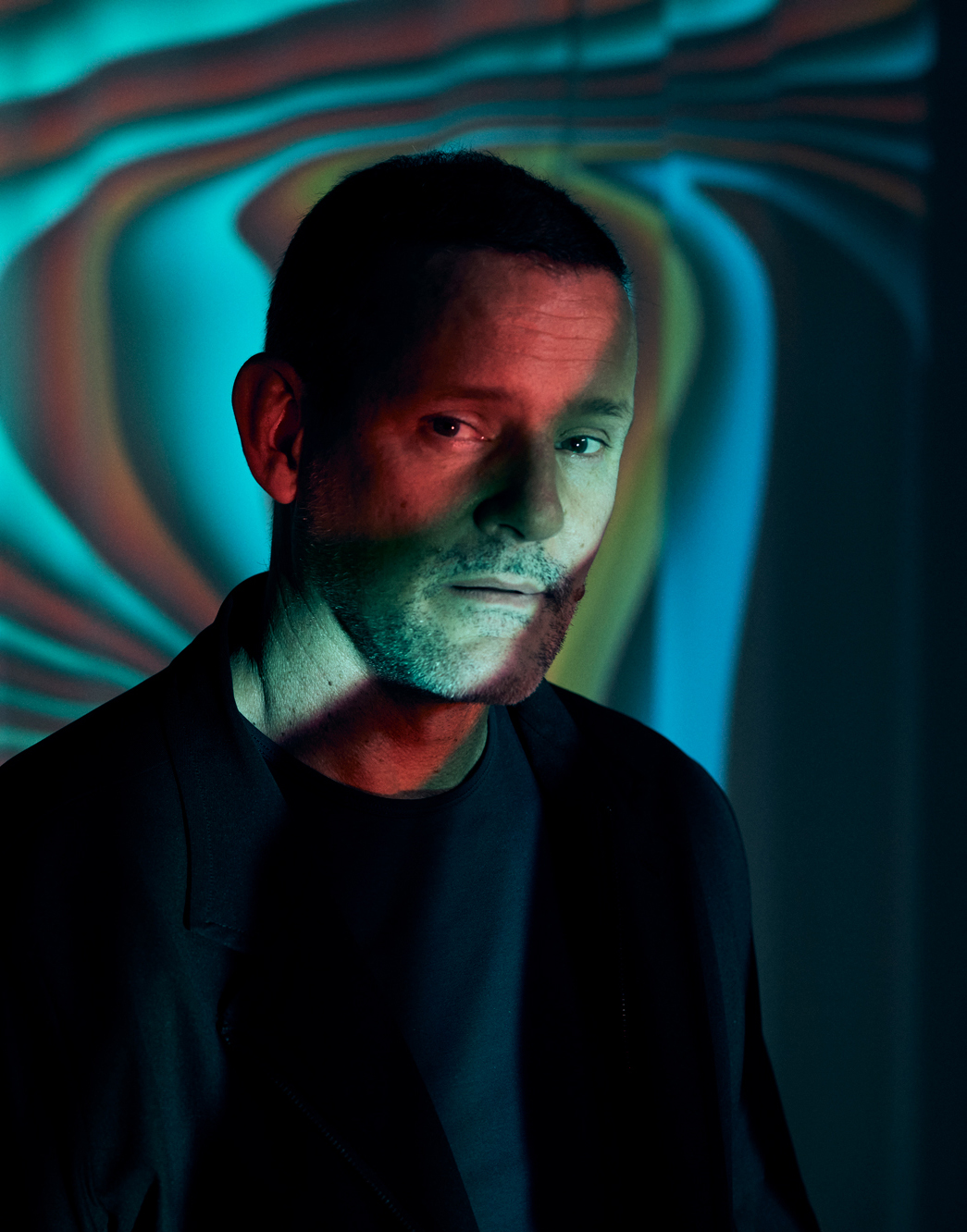
THE BEAUTY OF DIGITAL OVERLAP

The Alys Gazette Presents Digital Graffiti’s New Curator, John Colette
Picture a Venn diagram. Circles, intersecting, each one with its own characteristics, each one contributing to a melding where they meet. There, in the overlap, is something entirely new. In that convergence of color…well, that’s where the magic is. John Colette, the new curator of Alys Beach’s Digital Graffiti, is a student of that overlap and the beauty found within it. In his role with the festival, he is tasked with selecting and coordinating projection art pieces that come together to create an interactive, evocative display upon the white wall canvas of Alys Beach.
An Australian native, John’s career spans nearly four decades in the study and practice of fine art, filmmaking, production, and motion media. In his personal practice, he is passionate about what he describes as the “theory and practice of large scale public media installations,” and the interactions therein. Since 2011, John has worked as a professor of motion media design at Savannah College of Art & Design; it was during this period that he first became connected with Digital Graffiti. He discovered the festival was a rich opportunity for his students’ educational experience.



“I don’t look at myself as a teacher,” John says, “but more as a guide. I hope to stimulate their natural curiosity.” John knows that he can show and talk about art, but he believes that true learning happens when students explore space, scale, and production in an environment.
Shortly after his move to the United States, John called Brett Phares, the DG curator at that time, to see if it was possible for his students to be involved in the event. Seven years ago, a group from SCAD was given the opportunity to create a projection onto the famous butteries on 30A. His involvement with the festival continued, and in 2018, John attended an artist-in-residence program at Alys Beach to develop digital projection work within the environment.
“There are many projection festivals around the world,” John notes, “but Digital Graffiti presents a perspective of art as a public event.” He sees at DG a milieu that is effervescent and perhaps a bit seductive, drawing viewers in with a dynamic combination of architecture, technology, design, public art, music, food, and drink.
He notes how people experience food and wine with ambient lighting that connects them to the installations as they move throughout the public space. The positioning and cadence of the work is intentional, he notes, as is almost everything about this event. The goal: to lead the viewer as a true participant through the merger of art, technology, sound, and architecture.
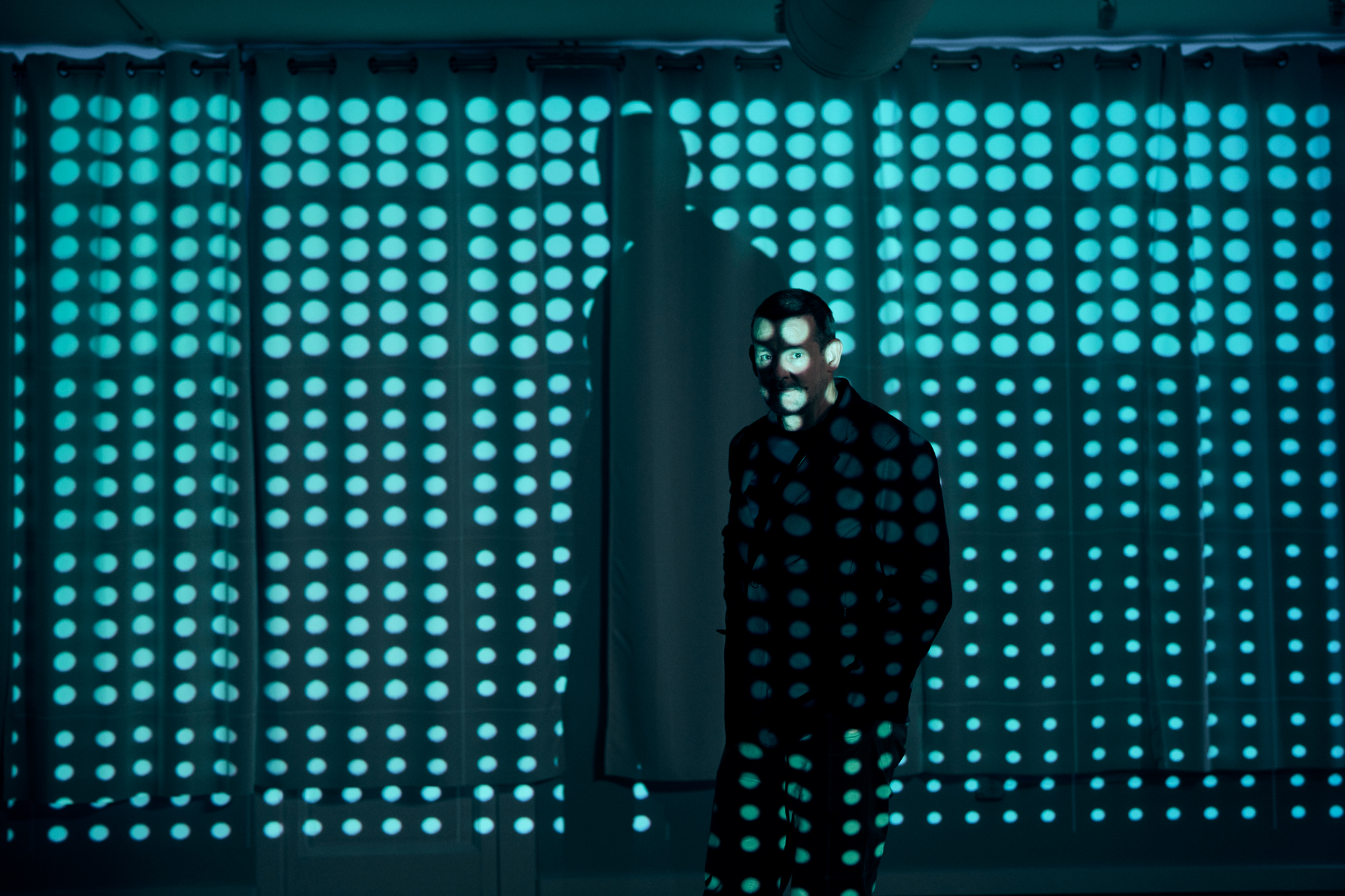
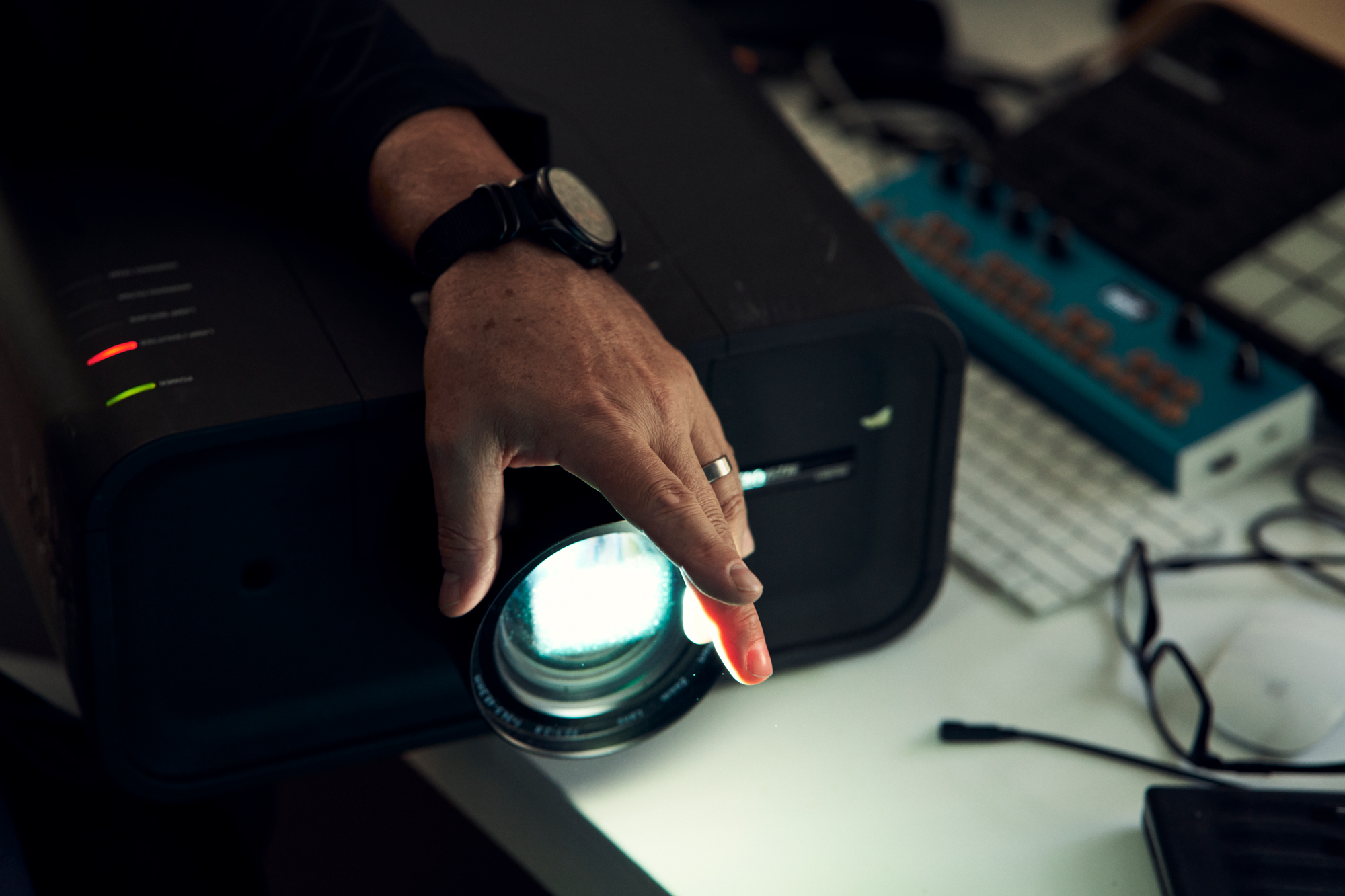
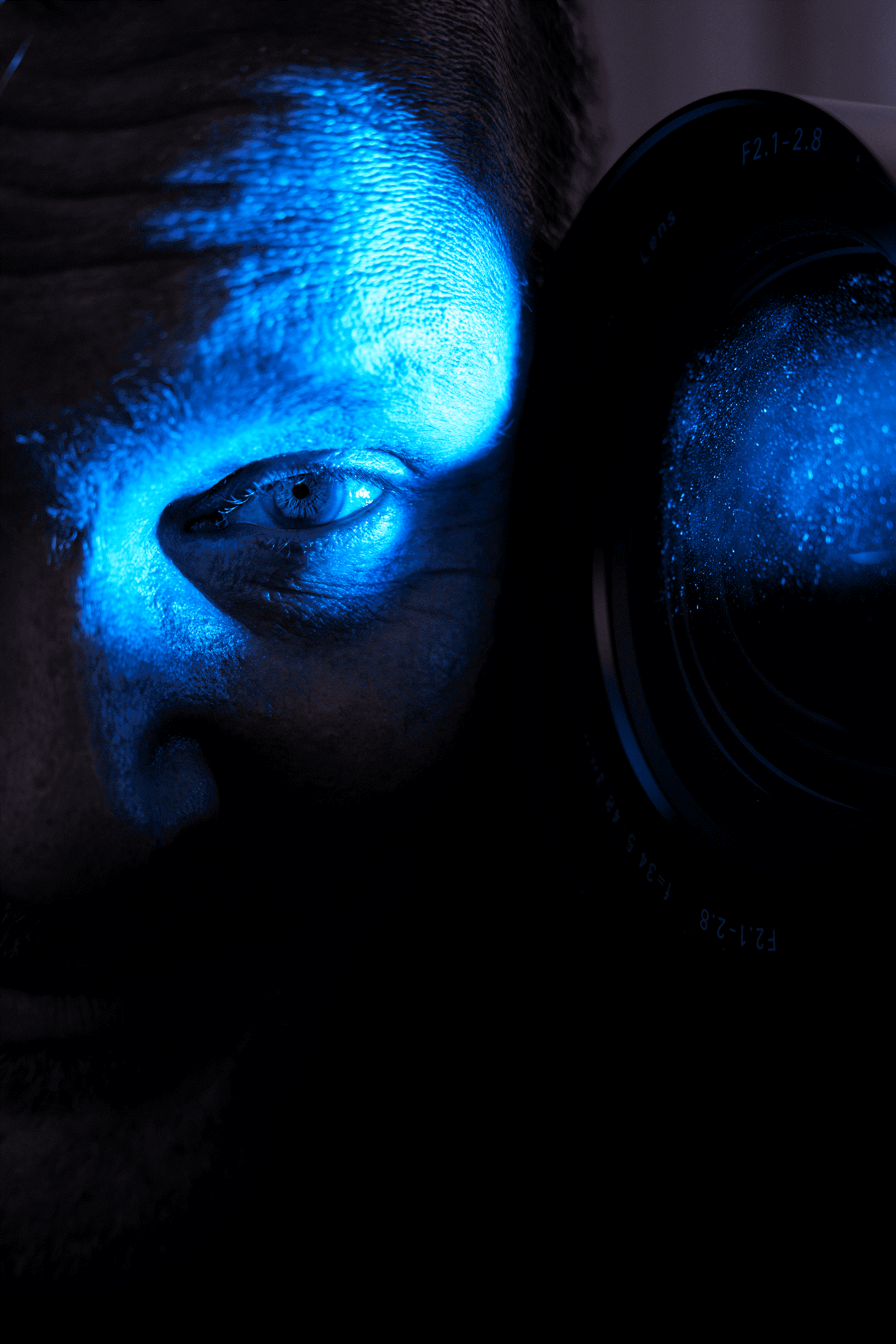
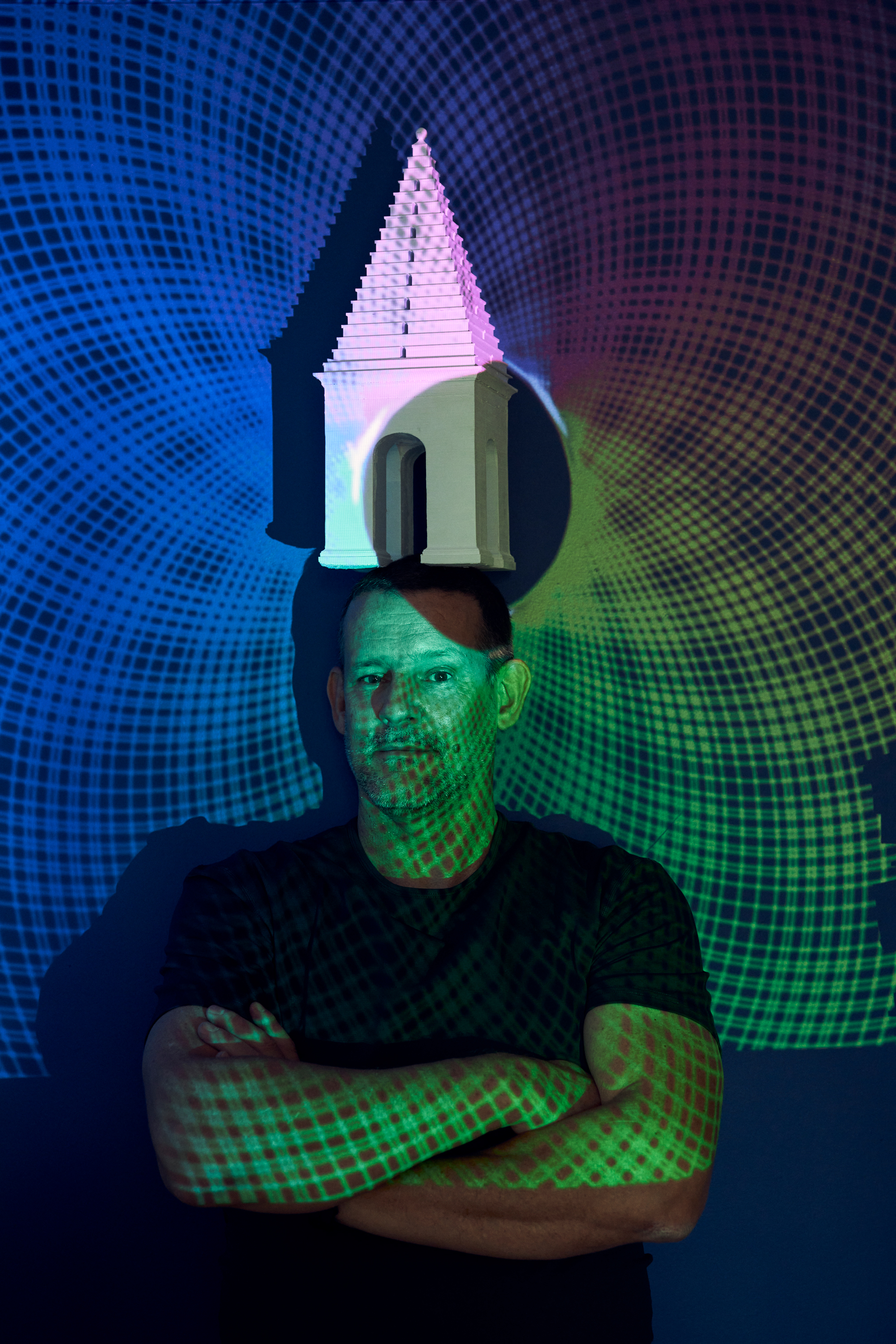


The Aura of Alys Beach
“The festival has a sort of aura around it,” John explains, and that originates from Alys Beach as an environment. The art is mapped, paced, and projected around the existing landscape, and while each piece carries within it its own inspiration, the locale is a driver of the creative process.
In a way, the consistency and conceptual purity of Alys Beach forms a perfect canvas. But even in the consistency, there is nuance, John explains. Because of the variation in the overall unifying concept, a ready tableau emerges. He encourages students to study “the canvas” and to use as much of a surface as possible. His own study of the politics and presence of public space calls students to explore the impact that each art piece has on an individual and community and to create something truly immersive.
Now, John’s role as curator allows him influence over the event that will, he hopes, be an unforgettable experience for viewers and also opportunity for artistic growth. Graduate and undergraduate students of his “Motion Media Projections” class at SCAD have the opportunity to be involved in DG——a fantastic exposure for them at an early juncture in their careers——with the final portion of the curriculum being the creation of a piece for Digital Graffiti. This means students are printing with projection, laser cutting, working with audio, and coordinating multiple projectors, all on a single project. John has even involved high school students from the South Walton area, so young artists have a public platform even earlier in life. For artists, especially young ones, seeing their work in a public forum in context with other renowned artists from around the globe is not only thrilling, but inspiring.
John’s role as curator comes after an unprecedented pandemic season, one in which the community yearned to gather, of course, but also to experience art in an immersive and progressive way. Alys Beach held the event with an alternative format last year——a drive-through experience——that allowed guests to interact with art from within their vehicles. This year, festival-goers can look forward to an in-person event, May 13 and 14.



It’s evident from the moment one enters Alys Beach that the community holds art in high esteem——it inspires residents in their daily lives and draws visitors who appreciate good design on display. John recalls that on a Digital Graffiti scouting trip, he was inspecting a home for projection mapping, and the guests staying in the home came out to ask him what he was doing. Upon explanation, they were not only intrigued but enthralled. On the spot, the entire family staying in the home declared that Digital Graffiti would be annual event on their calendar going forward. This joyful exchange could only happen in a community that mutually respects and deeply appreciates the artistic endeavors happening within its boundaries.
To learn more about Digital Graffiti 2022, visit digitalgraffiti.com.


